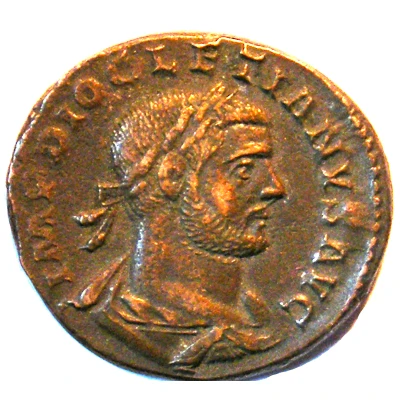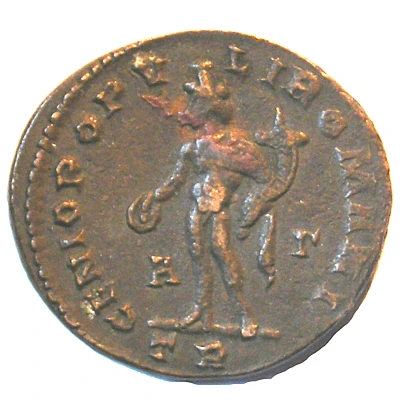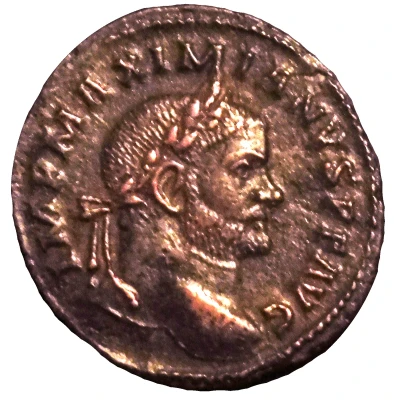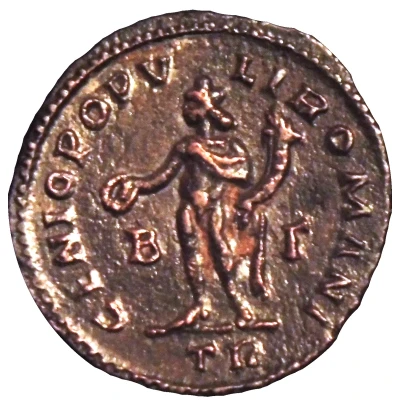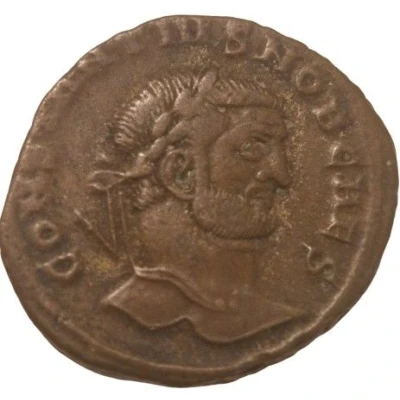


© Manu62
Nummus - Constantius I GENIO POPVLI ROMANI, R; Roma
| Bronze | 9.72 g | 28 mm |
| Issuer | Rome › Roman Empire (27 BC - 395 AD) |
|---|---|
| Emperor | Maximian Herculius (Marcus Aurelius Valerius Maximianus) (286-305) |
| Type | Standard circulation coin |
| Years | 296-297 |
| Value | Nummus / Follis (¼) |
| Currency | Argenteus, Reform of Diocletian (AD 293/301 – 310/324) |
| Composition | Bronze |
| Weight | 9.72 g |
| Diameter | 28 mm |
| Thickness | 1.5 mm |
| Shape | Round (irregular) |
| Technique | Hammered |
| Orientation | Coin alignment ↑↓ |
| Demonetized | Yes |
| Updated | 2024-10-05 |
| Numista | N#367299 |
|---|---|
| Rarity index | 97% |
Reverse
Genius, wearing modius, nude, chlamys draped over left shoulder, standing left, holding patera in right hand and cornucopiae in left hand.
Rome mint letter in left field.
Officina in exergue.
Script: Latin
Lettering:
GENIO POPV-LI ROMANI or
GENIO POP-VLI ROMANI or
GENIO POPV-L-I ROMANI
R
Unabridged legend: Genio Populi Romani.
Translation: To the Genius (guardian) of the Roman people.
Comment
(fr) Constance est devenu césar le 1er mars 293 en même temps que Galère. Il est le césar subordonné à Maximien pendant que son collègue l'est à Dioclétien, c'est la Tétrarchie. Constance est rattaché à la filiation herculéenne. Il divorce d'Hélène pour épouser Théodora, la belle-fille de Maximien, pendant que Galère épouse Galéria Valéria la fille de Dioclétien.Interesting fact
One interesting fact about this coin is that it features the image of Constantius I, who was the first Roman emperor to be depicted without a beard on the coinage, signifying a shift towards a more youthful and divine image of the emperor.
